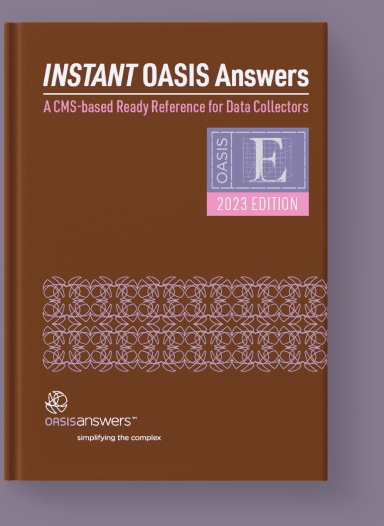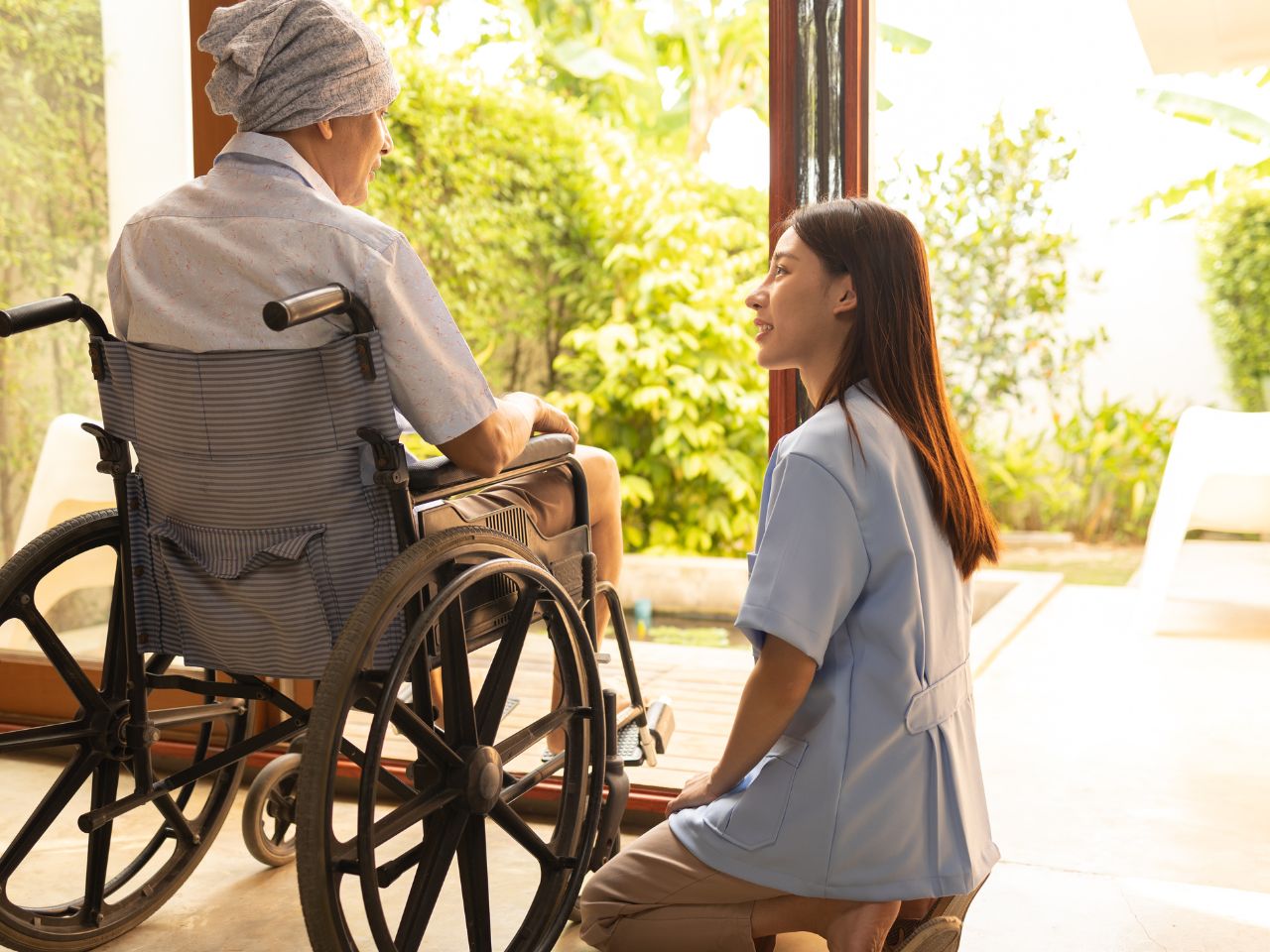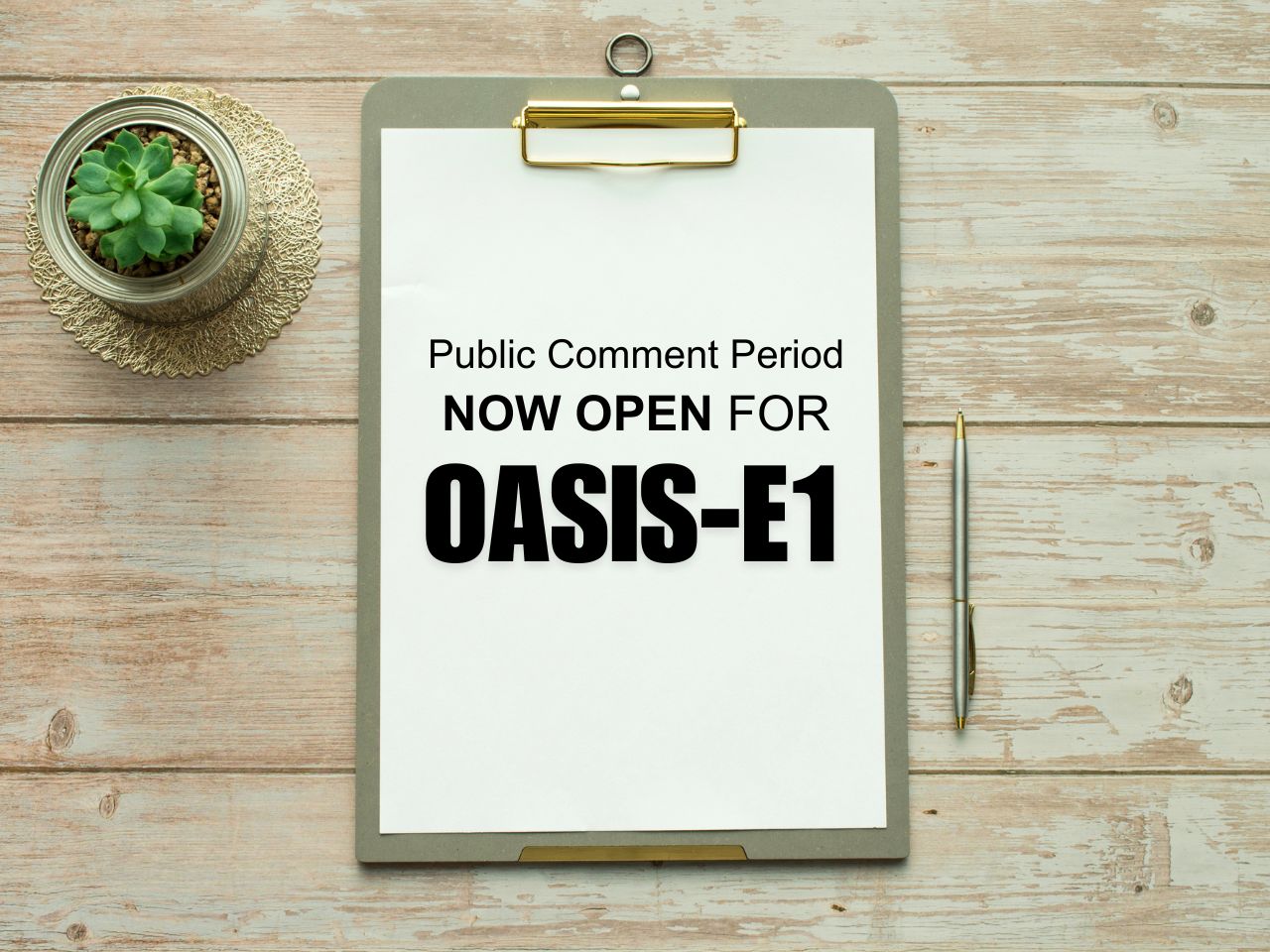by Lori Marmon PT, MBA, COS-C
Most agencies are aware of the importance of correctly capturing a patient’s functional status for the GG activities and the M1800s in the OASIS as these can impact quality outcome measures. However, one of the major purposes of OASIS is to provide data items needed for risk adjustment. But what is risk adjustment?
The intent of risk adjustment is to compensate or adjust for the different mixes or factors amongst patients that should be taken into consideration when looking at quality measures and outcomes.
In essence, risk adjustment attempts to account for some of the influences these variables could have on the patient’s overall performance on a quality measure.
A patient’s health status can change over time. The direction and degree of that change could be related to the care they are receiving, the progression of their unique disease and/or disability, as well as other factors such as age, living situation, etc.
In an effort to account for these patient-specific factors, within the Home Health Quality Reporting Program, HHQRP, there is a statistical methodology applied to risk adjust some OASIS-based outcome measures.
This risk adjustment methodology uses responses from specific OASIS items to apply this compensation. This compensation allows one patient’s outcome on a measure to then be compared to other patient’s outcome in a fairer comparison that is more of an “apples-to-apples” comparison.
Investing in understanding the intent and guidance around items such as M1100 – Patient Living Situation, M1710 – When Confused or M1720 – When Anxious and M1610 – Urinary Incontinence or Urinary Catheter Presence may allow agencies to more accurately reflect the complexity and needs of their patients in publicly reported risk adjusted outcome measures such as Improvement in Ambulation/Locomotion or in the soon to be available Discharge Function Score measure.
Detailed information about which OASIS items are used and the risk adjustment methodology can be located in the Risk Adjustment Technical Steps and Risk Factor Specifications document.
As home health providers, we know that accuracy matters in gathering all available information about the patient that are cared for in their homes. Distributing education emphasis on items that impact risk adjustment may produce benefits for agency’s beyond just showing “Improvement in Ambulation.”
___
Stay up to date on new CMS information related to HHVBP and OASIS accuracy.
- Follow OASIS Answers on Facebook, Instagram, or LinkedIn,
- Sign up for our email list for regular updates and resources








